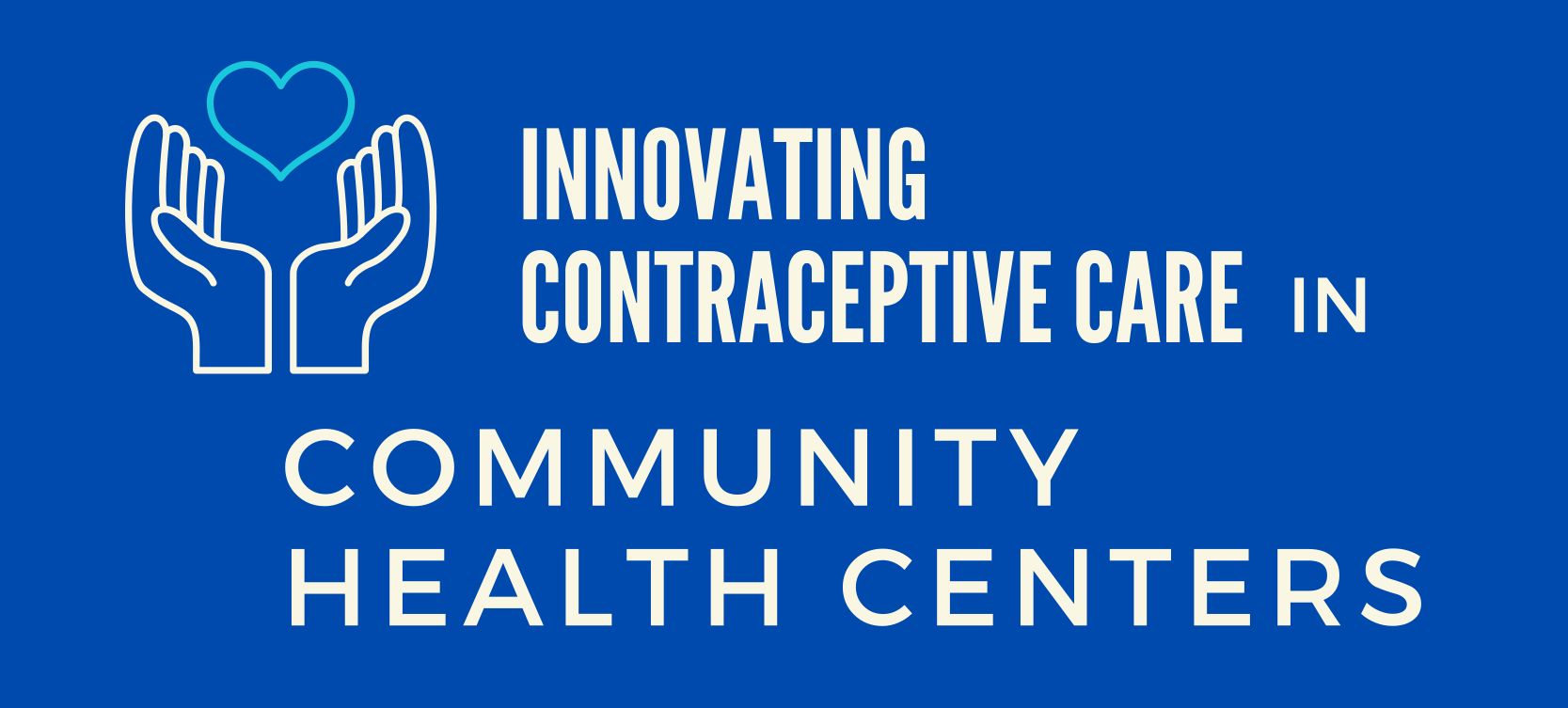When used together, the PCCC measure and eCQM can support CHCs to better understand the interplay of contraceptive provision and patient-centered care.
For example, if a CHC were to analyze the All Women age 15-44 access to LARC in conjunction with PCCC measure scores, the following table provides interpretation and considerations. A similar table could be constructed for the Most-Moderately Effective Measure.
| PCC score | Access to LARC low percentage | Access to LARC high percentage |
|---|---|---|
| PCCC score over 80% | Patients are not receiving LARC; however, they are reporting high PCCC scores, so patients may prefer methods other than LARCs. CHCs may want to review their counseling practices to confirm they are meeting the needs of patients to understand the benefits of LARC and do not have barriers to patients receiving these methods.. |
Patients are receiving LARC and are reporting high PCCC scores, indicating they are happy with their counseling and are not feeling coerced. CHCs may want to disaggregate scores by demographic and visit characteristics to ensure there are not significant differences among specific groups. |
| PCCC score under 80% | Patients are not receiving LARC and are reporting low PCCC scores. There are opportunities to improve health center operation and counseling practices to better meet the needs of patients seeking contraception. |
Patients are receiving LARC but are reporting low PCCC scores. Patients may feel coerced into choosing LARC, or something else might be going on that is affecting their experience. |
Analyzing Quality Measure Scores
In order to understand the current state of quality of contraceptive services, CHCs can consider their baseline PCCC measure and eCQM data, as well as the comparison of baseline data across CHC sites (if applicable) and with peer CHCs and the consideration of differences in measure scores by demographic and operational characteristics. This step also supports a better understanding among QI team members of where their CHC is in its improvement journey, both in relation to the quality of contraceptive care provided and more broadly.
After calculating baseline PCCC measure and eCQM scores, multidisciplinary QI teams may consider the questions below when assessing their scores and their potential relationship to one another. Of note: QI teams may find it helpful for members to first consider responses to these questions individually and then meet as a team to discuss. From there, they may wish to identify and engage additional CHC team members and patient advocates for their feedback on questions. Including additional perspectives has the potential to offer QI teams a better explanation of why baseline PCCC measure and eCQM scores are what they are and, from there, what changes may lead to improvement.
During this step of the diagnostic process, QI teams and other CHC team members may identify complementary process and balancing measures that may offer a deeper understanding of core measure scores. Examples include process measures that assess same-day provision and the extent to which all methods are stocked and available on-site.
- To what extent are your baseline eCQM scores lower or higher than you expected? Why do you think this is?
- What differences emerge when you stratify your baseline eCQM scores by the following demographic and visit characteristics? What do you believe contributed to any differences?
- Race/ethnicity
- Age
- Brick and mortar health center site (if applicable)
- Provider or provider type
- Visit type (e.g. dedicated family planning visit as compared to primary or urgent care)
- How do your baseline eCQM scores compare to those collected by other, comparable CHCs? What factors do you believe contribute to differences, if any?
- To what extent are your baseline PCCC measure scores lower or higher than you expected? Why do you think this is?
- What differences emerge when you stratify your baseline eCQM scores by the following demographic and visit characteristics? What do you believe contributed to any differences?
- Race/ethnicity
- Age
- Brick and mortar health center site (if applicable)
- Provider
- Visit type (e.g. dedicated family planning visit as compared to primary or urgent care)
- How do your baseline PCCC measure scores compare to: (i) PCCC benchmarks (i.e., 80% - 90% = Good; >90% = Excellent); and (ii) PCCC scores collected by other, comparable CHCs? What factors do you believe contribute to differences, if any?
- What, if any, interplay do you believe is happening between your CHC’s eCQM and PCCC measure scores? Why do you think that is?
- What additional data or information would help you to better understand your CHC’s eCQM and PCCC measure data and the relationship between them?
- For CHCs with low eCQM and PCCC measure scores: What do you think is happening? Why factors may be contributing to a less-than-optimal patient experience?
- For CHCs with high eCQM and low PCCC measure scores: What do you think is happening? Why factors may be contributing to a less-than-optimal patient experience

